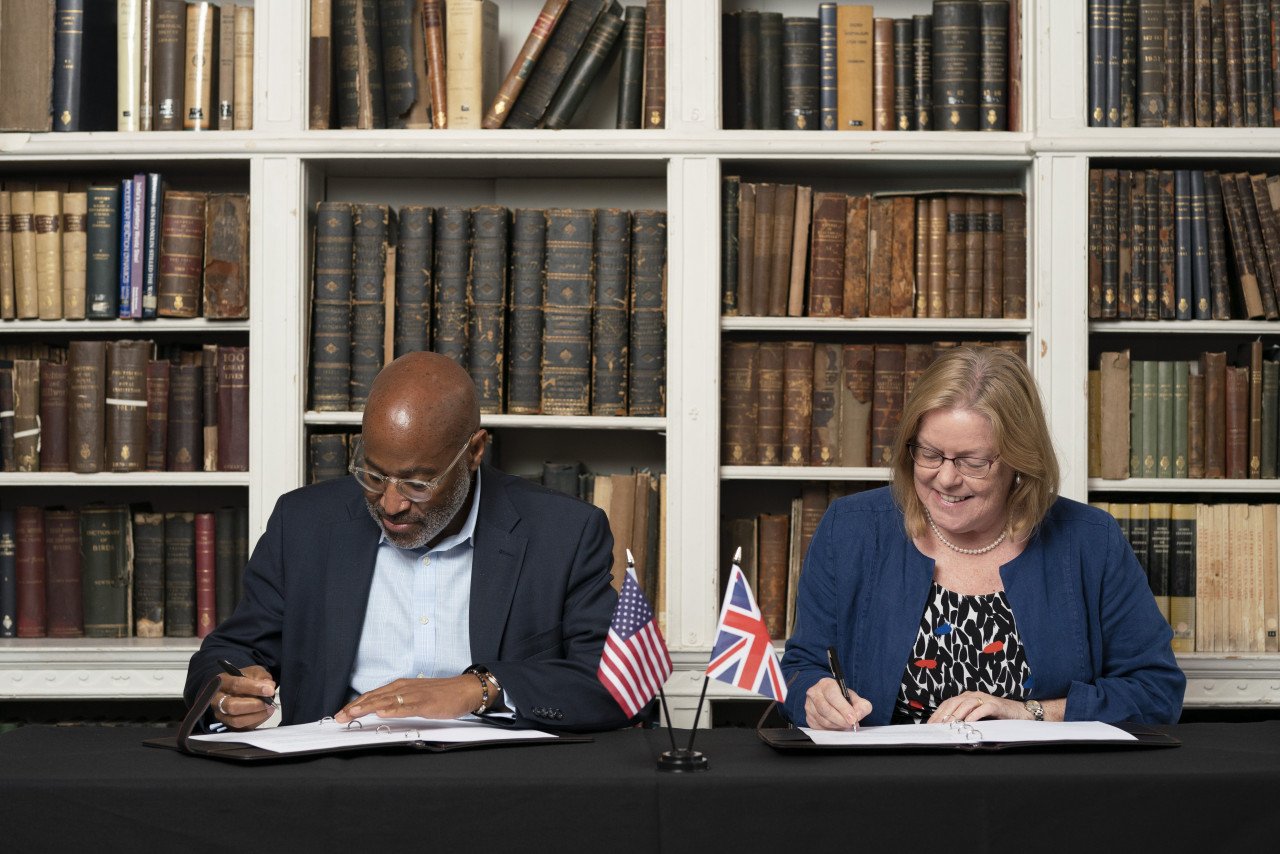Leading energy storage research institutes from the UK and the US, the Faraday Institution and the U.S. Department of Energy's National Renewable Energy Laboratory (NREL) signed a memorandum of understanding (MoU) to develop and improve high-capacity batteries and explore new methods for battery materials recycling.
The MoU was signed on Monday (Aug.15) by Professor Pam Thomas, Chief Executive Officer of the Faraday Institution, and Dr. Peter F. Green, Deputy Laboratory Director for Science and Technology and Chief Research Officer at NREL during the ongoing series of US-UK workshops on electrochemical energy storage being held at the Royal Institution in the UK.
"The depth and breadth of scientific knowledge across the US National Labs and the UK's world-leading universities is what allows for this kind of innovative partnership," said Professor Pam Thomas, CEO of the Faraday Institution.
"By strengthening the connections amongst the best battery research groups in the US and the UK, we will accelerate discovery and much needed breakthroughs in high-capacity cathode materials and develop recycling routes for lithium-ion batteries."
The partnership and the workshops have identified areas of mutual interest in key battery research, such as reducing reliance on critical materials in the cathode and enabling recyclability of Lithium-ion batteries.
"An important goal is to establish a sustainable supply chain for critical materials, such as cobalt, and to establish a lithium battery recycling ecosystem to recover and reintroduce these materials into the battery supply chain. Electrochemical energy storage is one of DOE's priorities, and collaborative activities have been established between the national laboratories in this area," said Peter F Green, Deputy Laboratory Director, Science and Technology, NREL.
"This MoU leverages the enormous and historic strengths of the research enterprise in energy storage in both the US and the UK to accomplish this."
Read More

